On how the pope’s father welcomed a free Poland

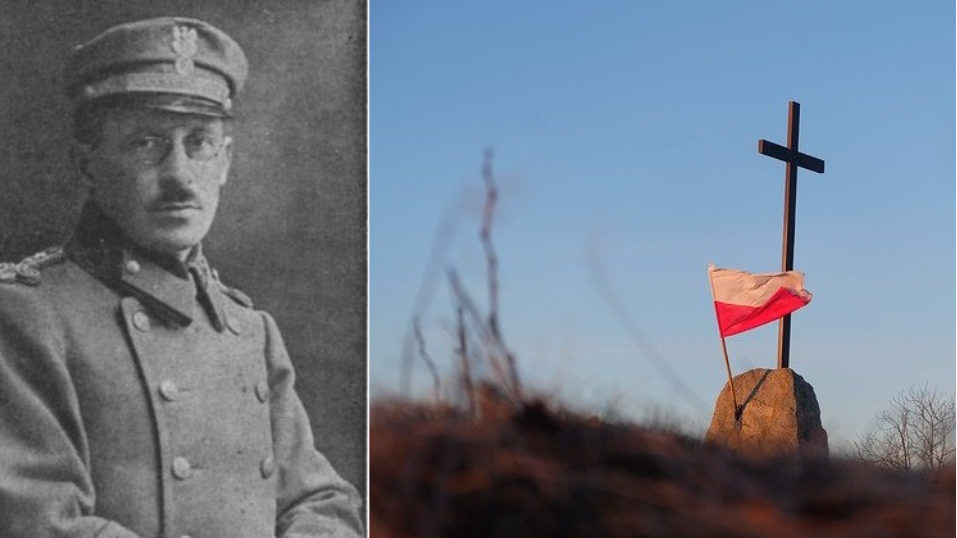
Karol Wojtyla, father of pope John Paul II, wikimedia (public domain), pixabay.com
John Paul II was born in a free Poland, but his father had long been active during the period of Partitions, working in the service of his country. Here are the highlights of Karol Wojtyła Senior’s military career.
Karol Wojtyła Senior began his army career in 1900, when he was drafted into the imperial-royal army. He reported to the military commission in Wadowice (he lived in Lipnik), which had become an important town during the Austrian Partition. He was assigned to the 56th Infantry Regiment.
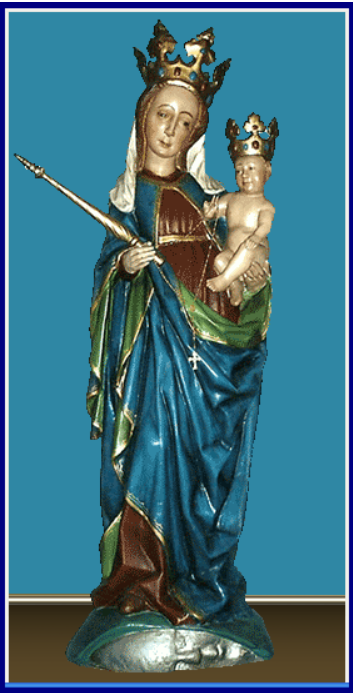
15th-century Gothic figure of the Madonna of Lipnik dated before 1470 by Jan Motak – own work, CC BY-SA 4.0 https://commons.wikimedia.org/w/index.php?curid=36375270
In 1901, Wojtyła was transferred to a cadet school in Lwów. In 1903, his military service was over, but he did not leave the army, only continued his military career in a different form. On 1 February 1904, he got a job as a clerical non-commissioned officer in the District Military Draft Office in Wadowice, and later from 1 January 1905 in the Regiment Adjutant’s Office in Kraków. He enjoyed the respect of his superiors.
On 10 February 1906, Karol Wojtyła married Emilia Kaczorowska. The young family’s fate was bound up with Wadowice for good most probably after 1913.
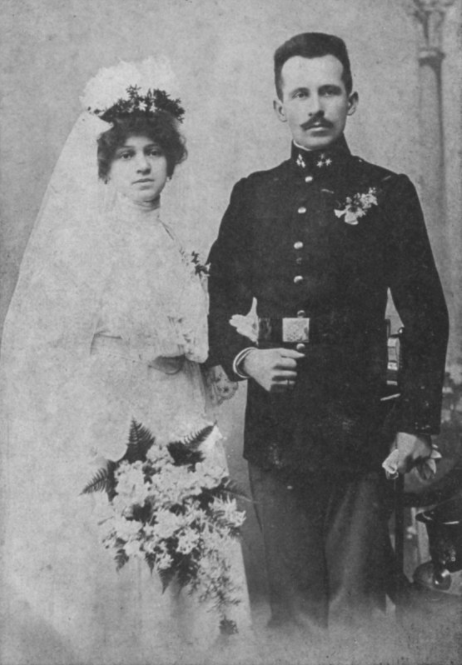
Emilia and Karol Wojtyła, Pope John Paul II’s parents; Charles I Habsburg was held in high esteem by his family, Wikimedia (public domain)
In 1914, World War One broke out. Many Poles went to the front; at the time, Wojtyła was no longer an active soldier, but a military official, so he remained in Wadowice.
There is an interesting legend dating back to 1915. According to it, Wojtyła was in the trenches near Gorlice. As the war raged on, one of his comrades in arms supposedly vowed to God that if he survived the war, he would send his son to a seminary. Karol though that such a pledge was too modest and so, the story goes, he vowed to God that his son would become pope.
It is very probable that during his stay in Moravia (1914-1915), Wojtyła met the future Saint Edith Stein.
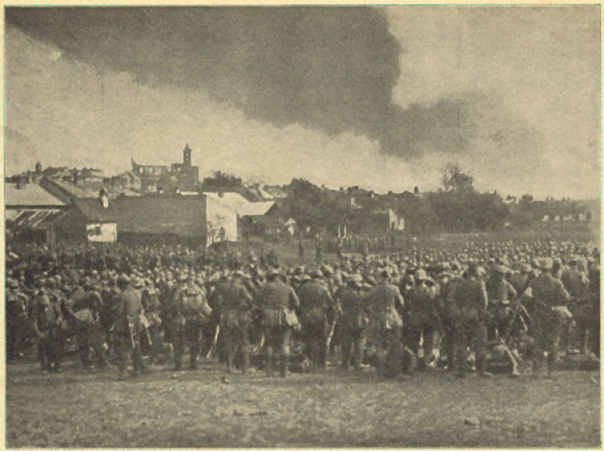
German soldiers on the outskirts of Gorlice getting ready to chase Russians, Wikimedia (public domain)
Wadowice still remembers the time when Piłsudski and his First Brigade proudly presented themselves in the town square in January 1915.
On 31 October 1918, Wojtyła ended his military service in the imperial army after serving 18 years. Poland was also starting to be born in Wadowice, which had been part of the Austrian Empire since 1772.
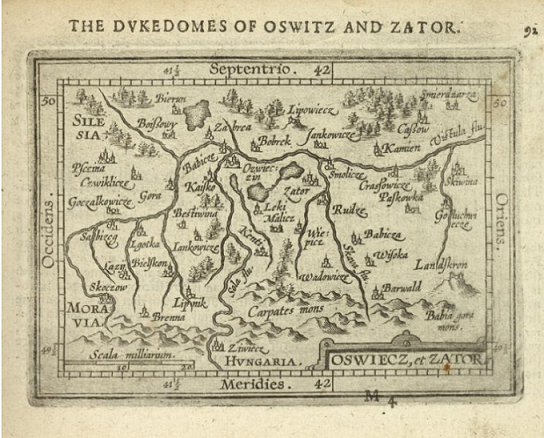
Wadowice on the map of the Duchy of Auschwitz and Zator – map by Abraham Ortelius dating from 1603, Wikimedia (public domain)
When Poland was partitioned for the first time, Wadowice was a dilapidated town. During World War One, the front never passed through the town, which nevertheless felt the consequences of the great conflict.
In November 1918, it was decided that Wadowice would continue to be the seat of the district and military garrison to which Karol Wojtyła Senior was assigned. The future father of the later pope became the head of the Military Draft Office in Wadowice. Most probably he joined the Polish army in the rank of a lieutenant. Less than two years later, Karol Wojtyła Junior was born.
In 1922, Karol Wojtyła Senior received permission to remain in permanent military service (he was later promoted to a career officer in the draft service) but was forced into early retirement in the rank of a lieutenant five years later.
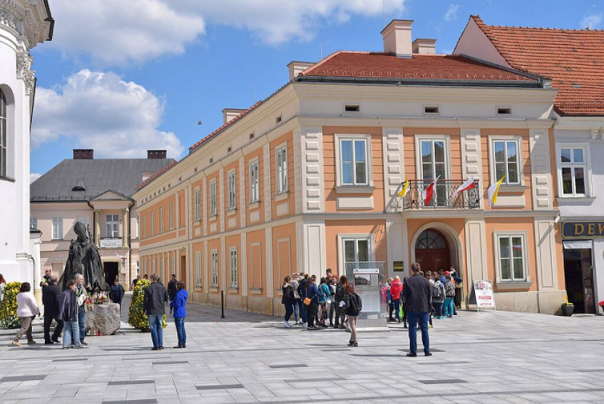
Holy Father John Paul II’s family house in Wadowice, by Aphopis4 – own work, CC BT-SA, 4.0 https://commons.wikimedia.org/w/index.php?curid=56564960
Such was the military career of the pope’s father and the history of Wadowice in the context of World War One. Many memories and objects drawing our attention to events that happened during World War One have been preserved in Wadowice till this day. The most recognizable include the barracks of the 56th Infantry Regiment. While in Wadowice, you can also visit the military hospital and World War One cemetery.
Translation from Polish: Katarzyna Górska-Łazarz / Office for Foreign Communication of the Secretariat of the Polish Bishops’ Conference
Read more:
Charles of Habsburg – In his Honor, Wojtyła was Karol >>>




Dodaj komentarz